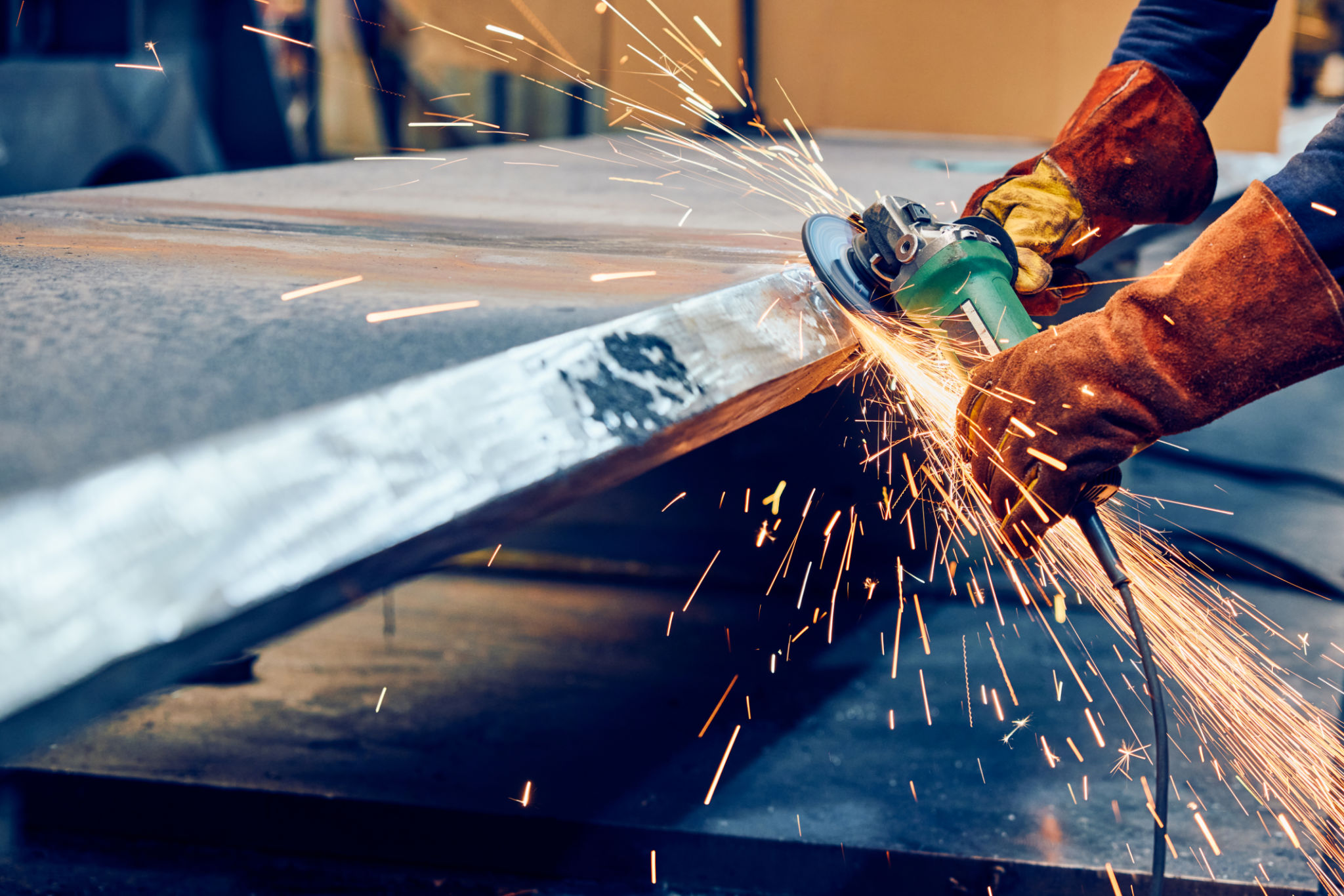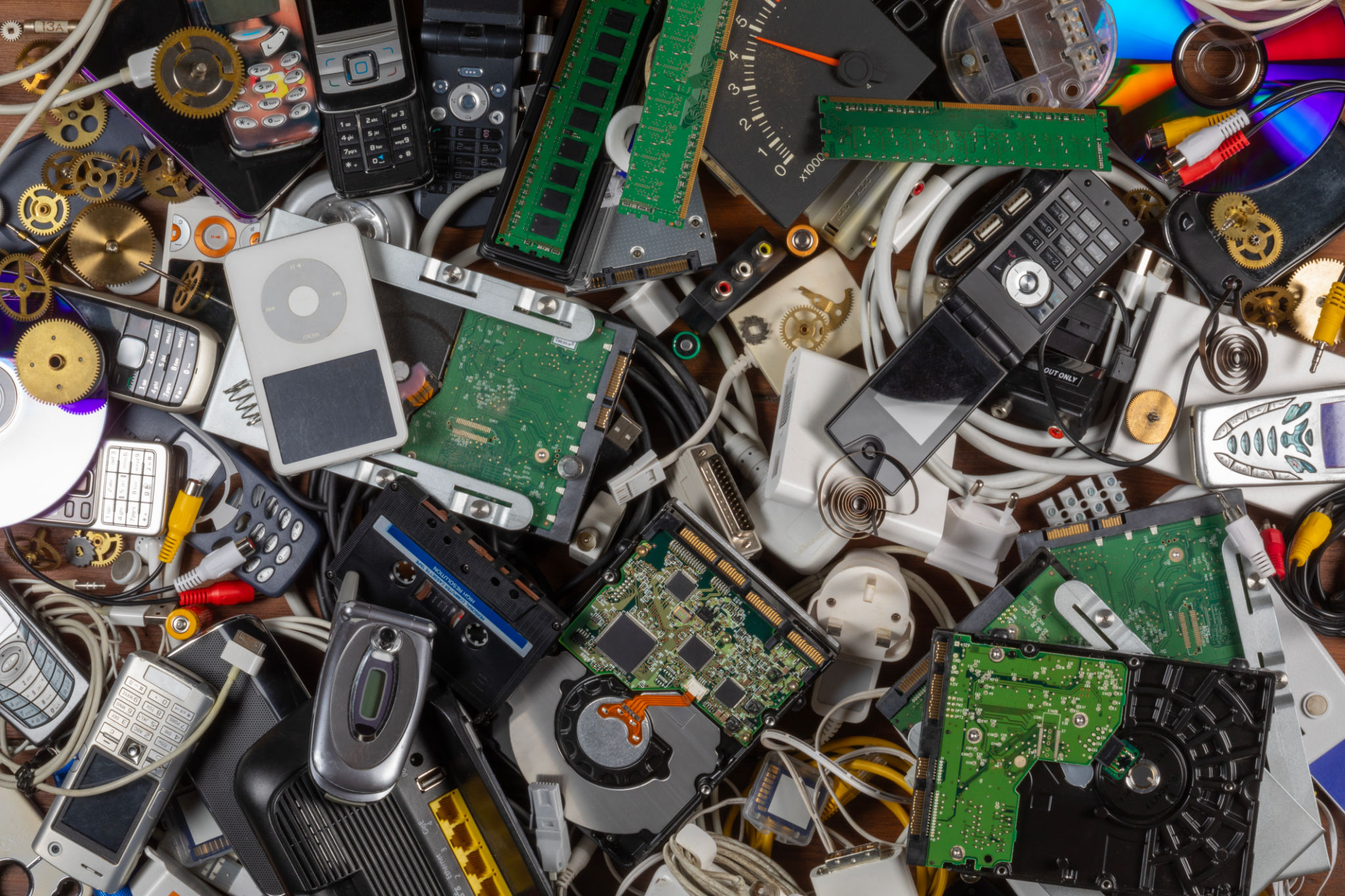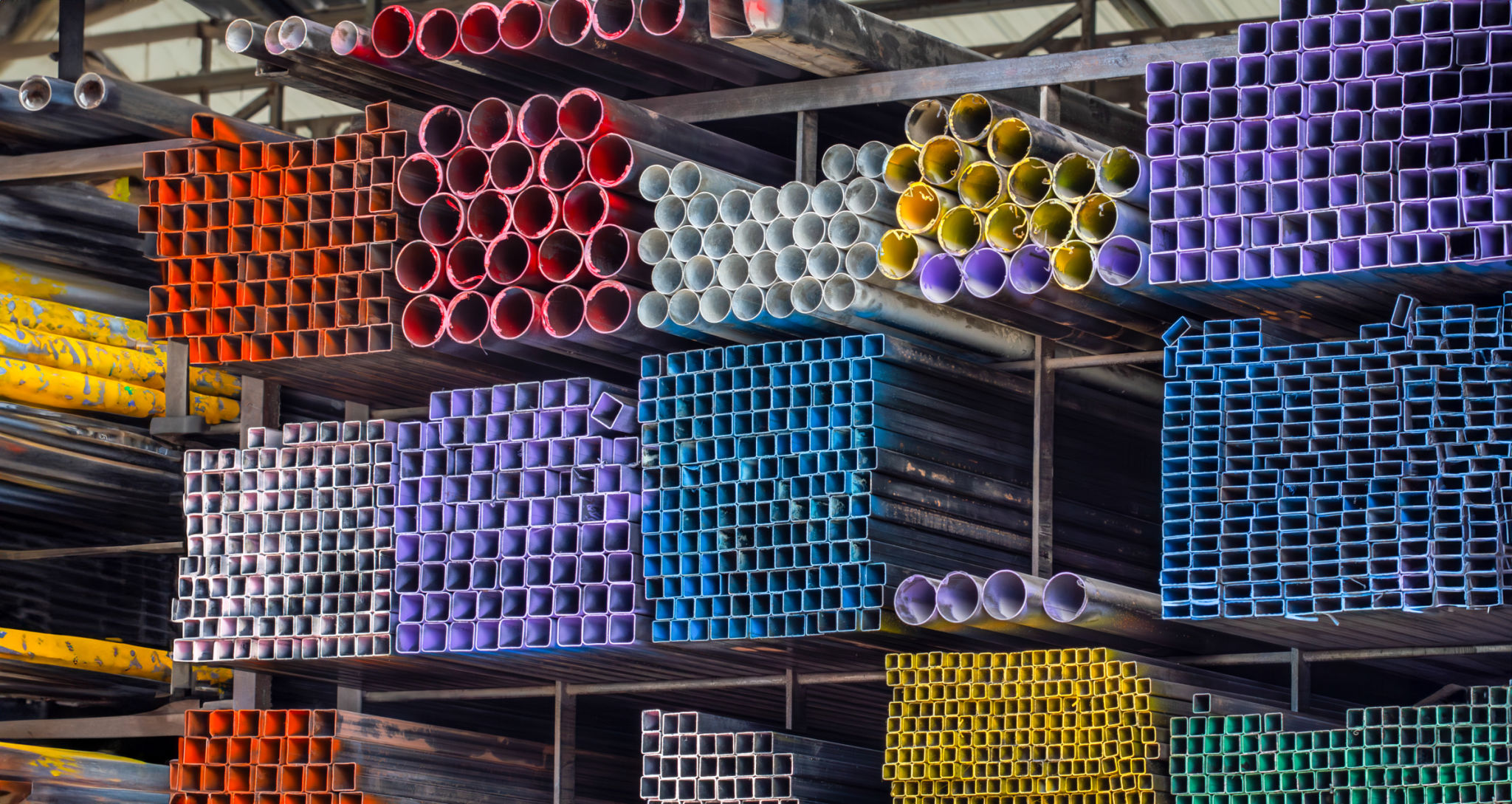Exploring Sustainable Metal Fabrication Techniques: A Modern Approach
Introduction to Sustainable Metal Fabrication
The world is increasingly focusing on sustainability, and the metal fabrication industry is no exception. As global demand for metal products continues to rise, so does the need for environmentally friendly manufacturing processes. Exploring sustainable metal fabrication techniques is essential to reduce environmental impact while maintaining quality and efficiency.
In this blog post, we delve into modern approaches to sustainable metal fabrication, examining innovative techniques and practices that are transforming the industry. By adopting these methods, manufacturers can contribute to a greener future and meet the growing demands of eco-conscious consumers.

Recycling and Reusing Materials
One of the most effective ways to make metal fabrication more sustainable is through recycling and reusing materials. Metal is an inherently recyclable material, and by reprocessing scrap metal, manufacturers can significantly reduce the need for virgin materials. This not only conserves natural resources but also reduces energy consumption and greenhouse gas emissions.
Moreover, integrating recycled materials into production processes can lower costs and improve supply chain efficiency. Companies that prioritize recycling often find that it enhances their brand reputation and aligns with consumer expectations for sustainable practices.
Innovative Recycling Technologies
Recent advancements in recycling technologies have further enhanced the sustainability of metal fabrication. Techniques such as closed-loop recycling systems allow manufacturers to reuse waste byproducts within their own operations, minimizing waste and maximizing resource efficiency. Additionally, advanced sorting technologies help improve the purity of recycled metals, ensuring high-quality end products.

Energy Efficiency in Metal Fabrication
Another critical component of sustainable metal fabrication is improving energy efficiency. This involves optimizing processes to consume less energy while maintaining or enhancing output quality. Implementing energy-efficient machinery and adopting smart manufacturing practices are key strategies in this regard.
For instance, utilizing induction heating instead of traditional methods can greatly reduce energy use during the metal forming process. Similarly, adopting computer-aided design (CAD) software helps in precision planning, reducing material waste and minimizing the need for rework.
The Role of Renewable Energy
Incorporating renewable energy sources into metal fabrication operations is another effective way to enhance sustainability. By using solar panels, wind turbines, or other renewable technologies, manufacturers can reduce their reliance on fossil fuels and lower their carbon footprint.

Eco-Friendly Coating and Finishing
Traditional metal coating and finishing processes often involve toxic chemicals that can harm the environment. To address this issue, many companies are shifting toward eco-friendly alternatives such as powder coatings or water-based finishes. These options not only reduce emissions but also offer durable protection for metal products.
Furthermore, advancements in nanotechnology are paving the way for innovative coatings that provide superior performance while being environmentally benign. These new materials are helping manufacturers meet stringent environmental regulations without compromising on quality.
Biodegradable and Non-Toxic Options
Developing biodegradable coatings and finishes is another promising area in sustainable metal fabrication. These products break down naturally without leaving harmful residues, making them ideal for applications where environmental impact is a concern. By exploring these eco-friendly options, companies can enhance their sustainability credentials and appeal to a wider range of customers.

Conclusion: The Future of Sustainable Metal Fabrication
The journey toward sustainable metal fabrication is ongoing, with continuous innovations shaping the industry's future. By embracing recycling, improving energy efficiency, and adopting eco-friendly coatings, manufacturers can significantly reduce their environmental impact. These efforts not only benefit the planet but also position companies as leaders in sustainability.
As consumer awareness of environmental issues grows, businesses that prioritize sustainable practices will likely see increased demand for their products. By staying ahead of the curve and implementing these modern approaches to sustainable metal fabrication, manufacturers can ensure long-term success in an evolving market.
